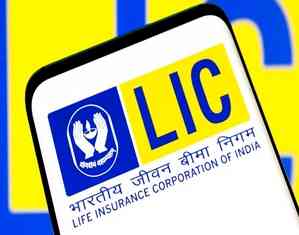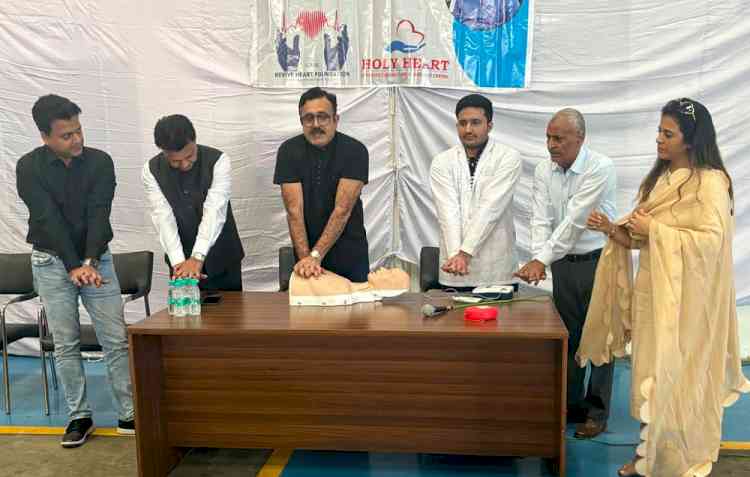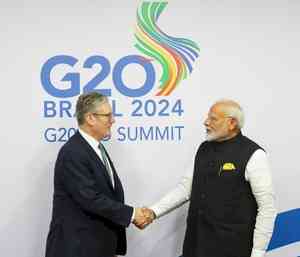Lung Cancer Screening: Who Should Consider It and Why?

by Dr. Raj Nagarkar, MD & Chief Surgical Oncologist at HCG Manavata Cancer Centre Nasik
For those bravely facing the challenges of lung cancer, steering through the challenges of treatment options and managing the emotional toll can be an arduous journey. Lung cancer is a type of cancer that begins in the lungs, the vital organs responsible for breathing. It is a serious and often life-threatening condition that occurs when cells in the lungs undergo abnormal changes and grow uncontrollably. These cancerous cells can form tumors and interfere with the normal functioning of the lungs. It is caused due to interrelated risk factors such as smoking, air pollution, secondhand smoke, genetics, and family history among others. Through this article, we will understand the importance of lung cancer screening and who needs to consider lung cancer screening.
Lung cancer is often referred to as the "silent killer" because it frequently exhibits minimal symptoms in its early stages, leading to late-stage diagnoses when treatment options are limited. As a result, mortality rates remain alarmingly high. Lung cancer screening aims to break this vicious cycle by detecting abnormalities in the lungs before symptoms manifest, allowing for timely intervention and increased chances of survival.
Identifying the High-Risk Population: Who Should Consider Screening?
Not everyone needs lung cancer screening. Identifying individuals at a higher risk is crucial to optimizing the effectiveness of screening programs. The primary group recommended for lung cancer screening includes:
Age and Smoking History: The risk of developing lung cancer increases with age, and individuals aged 55 to 80 years are generally considered for screening. Additionally, a significant factor is a history of heavy smoking, typically defined as a smoking history of 30 pack-years (one pack per day for 30 years or two packs per day for 15 years).
Former Smokers: Even if individuals have quit smoking, they may still be at an increased risk for lung cancer. Former smokers who quit within the last 15 years are often considered candidates for screening.
Other Risk Factors: Individuals with a family history of lung cancer, exposure to radon or asbestos, and those with certain pre-existing lung conditions may also be at an elevated risk, warranting consideration for screening.
The Importance of Early Detection: A Game-Changer in Lung Cancer Treatment
Lung cancer, when detected early, is more likely to be localized and treatable. Screening allows for the identification of nodules or lesions in the lungs before they develop into advanced cancer. Early intervention can involve less invasive treatments, potentially avoiding extensive surgery or aggressive therapies required at later stages.
Balancing Benefits and Risks: Informed Decision-Making
While lung cancer screening offers undeniable benefits, it is crucial to acknowledge the associated risks and uncertainties. False positives, where noncancerous abnormalities are detected, can lead to unnecessary stress, additional testing, and potential complications. Therefore, individuals considering screening should engage in informed discussions with their healthcare providers to weigh the potential benefits against the risks.
Lung cancer screening represents a significant leap in our ability to combat this formidable adversary. By targeting high-risk populations and emphasizing the importance of early detection, we have the opportunity to save lives and improve outcomes for those affected by lung cancer. As we move forward, it is imperative for individuals to be proactive in understanding their risk factors, engaging in open conversations with healthcare professionals, and making informed decisions about whether lung cancer screening is appropriate for them. In this pursuit, we not only unlock the potential for early detection but also pave the way for a future where lung cancer is no longer synonymous with a silent killer.


 City Air News
City Air News 











